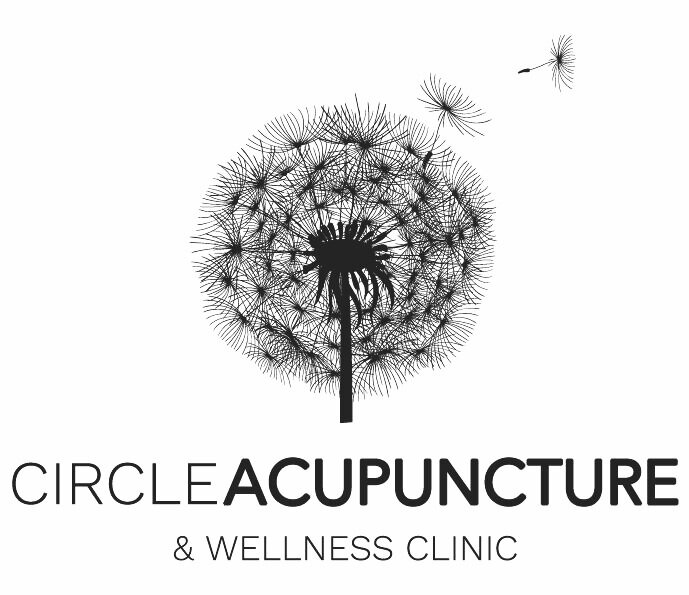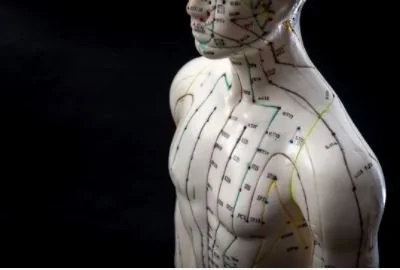What is Acupuncture and How Does it Work?
“Chinese medicine is a prescientific system of thought and practice developed over thousands of years. It is a form of logical, rational thinking alien to the West because it is deeply rooted in a philosophy that has developed its own perceptions of the body, health and disease.
For example, Chinese theory does not include the concept of the nervous system, yet it treats neurological disorders. Nor does it recognize Streptococcus pneumoniae as a pathological cause of pneumonia, yet it can effectively treat the disease…..Although Western medicine does not recognize what the Chinese describe as “dampness of the spleen” as a specific disease, it does treat similar disorders of the spleen. In other words, the vocabulary of the two traditions reflect two different worlds, but both can heal the same patient.”
-Ted J. Kaptchuk, O.M.D., The Web That Has No Weaver
Acupuncture is an Chinese-medicine approach to wellness that originated over 3,000 years ago. It is a holistic approach to wellness, in that it provokes the body, mind and spirit. Acupuncture uses very fine, sterile needles inserted in specific points of the body which control the flow of “Qi” energy (pronounced “chee”). The body has hundreds of acupuncture points which run along 14 major pathways, known as meridians. These meridians carry Qi through the body.
Although some points carry more sensation than others, acupuncture is relatively painless. Patients may feel warmth, tingling or a dull ache near the needle as the flow of Qi increases.
Acupuncture is often used as a stand-alone treatment, but can also be used as a complementary therapy to traditional Western medicine. Dr. Boudreaux is educated on Western medical diagnoses and is therefore able to avoid acupuncture or herbal medicine treatments that may be contraindicated for particular disorders.


